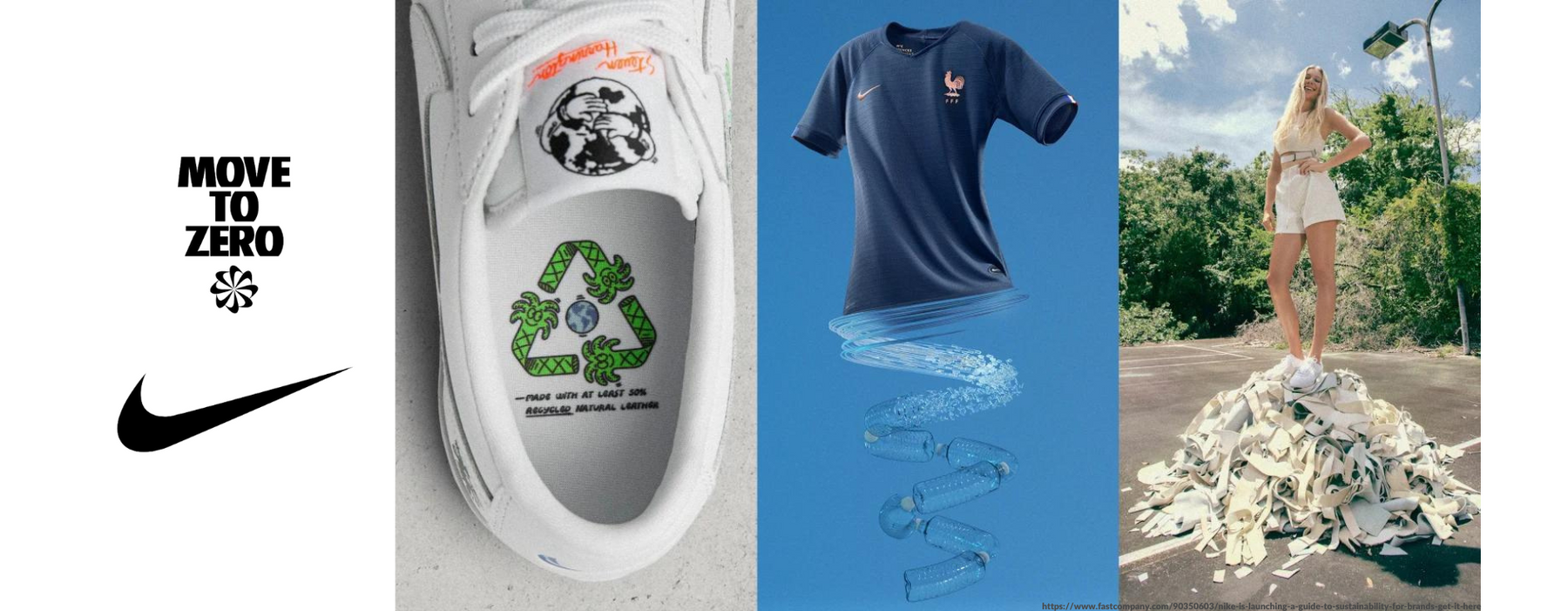
Circular Design Guide - Safeguarding the Future of Sports through Sustainable Innovations by Nike
In the fast-paced world of sports and athletics, where performance and style are in focus, sustainability might not always be the first thing that comes to mind. However, Nike, a global leader in sportswear, is stepping up its game in the sustainability arena, offering a range of services and initiatives under its "Move to Zero Journey." Let's take a closer look at how Nike is redefining the future of sports through circular design and responsible practices in the United Kingdom.
Nike's Sustainability Services:
Nike is not just a sportswear company; it's an advocate for sustainability. The brand has introduced a series of services aimed at reducing its environmental footprint while making a positive impact on the future of sports.
1. Recycling and Donation: Nike encourages the recycling of its products, ensuring that old sports gear finds new life. Additionally, the company donates gently used sportswear to those in need, promoting a culture of reuse.
2. Refurbished Shoeboxes: Nike has even considered the packaging of its products. By refurbishing shoeboxes, they extend the lifespan of materials and reduce waste.
3. Repair and Re-creation for New Designs: Instead of discarding damaged garments, Nike's approach is to salvage usable materials and create unique pieces, reducing the need for virgin resources.
4. Materials with Less Impact: Nike is committed to using materials with a reduced environmental impact in its products.
Move to Zero Journey: A Sustainable Odyssey
The "Move to Zero Journey" by Nike represents an approach to sustainability, encompassing both materials and innovation projects. Sustainable materials and innovations make up over 70% of any Nike product's footprint. For instance, the Nike Forward collection is a testament to this commitment, boasting a 75% reduction in carbon footprint compared to traditional knit fleece.
Materials with a Lower Environmental Impact
Some of the materials Nike uses to create a greener future for sports include:
- Nike Air for Footwear: Incorporating 90% reused materials for cushioning systems, reducing waste and resource consumption.
- Nike Flyknit: This lightweight fabric is engineered with an average of 60% less waste compared to traditional footwear manufacturing. It also incorporates recycled plastic bottles, giving new life to waste.
- Nike Flyleather: This innovative material mimics the look and feel of natural leather while being made from at least 50% recycled leather fibres. It significantly reduces waste and its impact on climate change.
- Recycled Polyester: Nike transforms plastic bottles into high-quality yarn for its products, promoting the use of recycled materials.
- Sustainable Cotton: Nike's entire product line uses certified organic, recycled, or Better Cotton sourced through the Better Cotton Initiative (BCI). Additionally, they recycle over 680 tonnes of cotton annually.
- Recycled Nylon: Made from sources like old carpets and discarded fishing nets, recycled nylon yarn drastically reduces carbon emissions compared to new production methods.
In conclusion, Nike's circular design guide and sustainability services are reshaping the future of sports in the UK and beyond. With innovative materials and a firm commitment to reducing their environmental impact, Nike is setting a powerful example for the sportswear industry, demonstrating that style and performance can go hand in hand with environmental responsibility. As we embrace these sustainable practices, we move one step closer to a zero-carbon and zero-waste future for sports and beyond.
Why not browse our Nike range today and find the perfect fit just for you.
